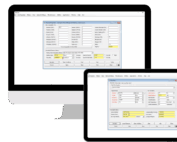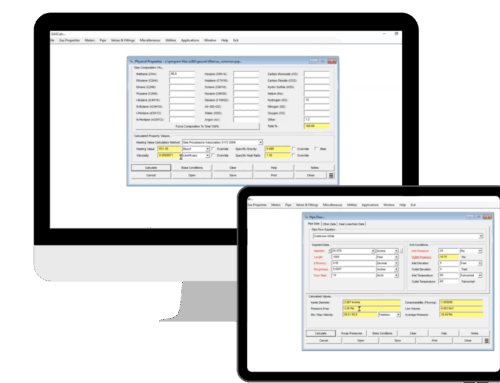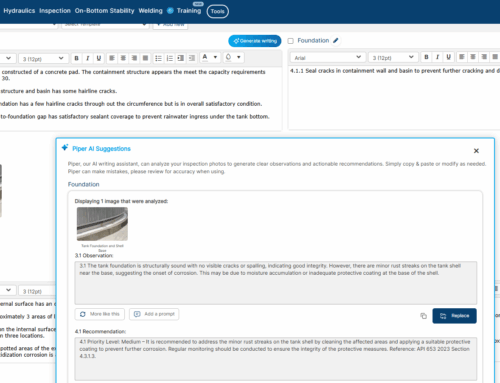Unlocking Efficiency in API Inspections: How Technology is Changing the Game
By Kesley Price

The API inspection process has long been a bottleneck in the field. Inspectors juggle mountains of paperwork, manually input redundant data, and spend hours compiling reports all while striving to ensure compliance with API 510, 570, and 653 standards. This outdated workflow slows down projects, increases the risk of errors, and takes inspectors away from where they are needed most: in the field.
But what if there was a better way?
The Need for Streamlined API Inspections
API inspections are critical for ensuring the integrity of pressure vessels, piping, and storage tanks. These assessments help prevent failures that could lead to catastrophic spills, costly shutdowns, and safety hazards. However, the traditional approach to API inspections is labor-intensive and inefficient:
- Data Collection is Cumbersome – Inspectors often rely on handwritten notes, spreadsheets, or standalone software that doesn’t integrate with other systems. This increases the risk of lost or incorrect data.
- Manual Calculations Waste Time – Every inspection requires complex calculations based on API standards, and doing these manually opens the door to errors that can impact safety and compliance.
- Reporting Takes Too Long – A single inspection report can take days or even weeks to compile, with inspectors forced to sift through reference materials and re-enter the same data multiple times.
The need for a centralized, automated solution has never been greater.
How API Inspection Software is Transforming the Process 
Technical advancements have changed how inspectors work. The API Inspectors Toolbox and the API Collector App are leading the charge in simplifying API inspections process by tackling inefficiencies head-on.
- Faster Data Collection – With an in-field mobile app, inspectors can record data directly from the field, eliminating the need for manual transcriptions. This speeds up the process and reduces errors.
- Automated Calculations – No more time-consuming manual API calculations. The software automates critical API 510, 570, and 653 calculations, ensuring accuracy while saving hours of work.
- Seamless Report Generation – Instead of assembling reports from scratch, the software compiles them in real-time, automatically populating data into standardized formats. Inspectors can produce comprehensive, compliant reports with just a few clicks.
- Integrated Asset Management – Inspection data is stored in a centralized system, making it accessible for future assessments. No more searching through emails, binders, or separate databases.
The Bottom Line: More API Inspections, Less Office Work
By adopting a modern API inspection tool, inspectors can spend less time on paperwork and more time ensuring asset integrity. The impact is clear:
- Reduced Field-to-Report Time – Inspections that once took days to compile can now be completed in hours.
- Enhanced Compliance – Automated workflows ensure inspections align with API and regulatory requirements without manual guesswork.
For companies that rely on API inspections, the shift to digital tools isn’t just an upgrade—it’s a necessity.
Ready to Optimize Your API Inspections Process?
If your team is still stuck in the manual workflow cycle, now is the time to explore how automated inspection tools can help. Faster reporting, fewer errors, and more time in the field it’s a win for inspectors and asset owners alike.
Let’s talk about how you can modernize your API inspections today.
Suggested Post
Why API Inspections Still Matter More Than Ever
Why API Inspections Still Matter More Than Ever By Kesley Price In an industry [...]
How Utility Teams are Standardizing Pipeline Calcs
How Utility Teams are Standardizing Pipeline Calcs By Kesley Price Engineering teams working in [...]
GASCalc and GASWorkS are Now Part of Technical Toolboxes
GASCalc and GASWorkS are Now Part of Technical Toolboxes We are pleased to announce that Technical Toolboxes has acquired the [...]











